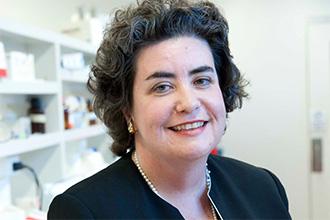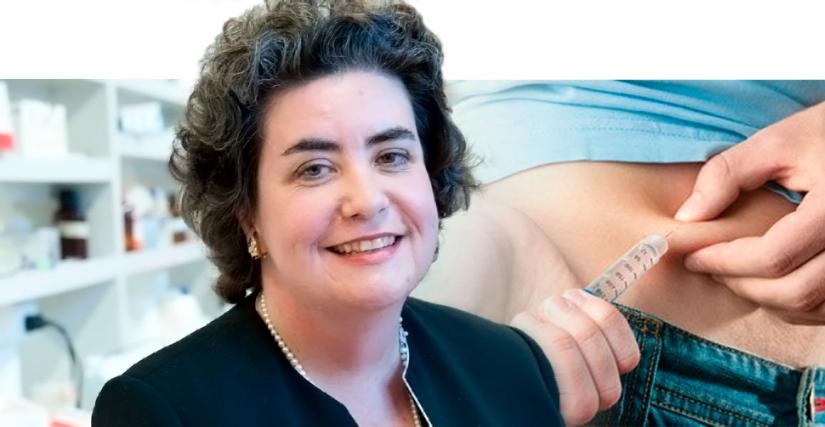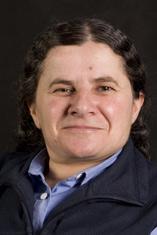A US patent has been approved for what could be the first functional cure for type 1 diabetes – by combining cells engineered to produce insulin with technology that will protect these cells from the immune system.
The cells are called ‘Melligen cells’, and they can produce, store and release insulin in response to human blood sugar levels – as the pancreas would normally do in a healthy person.
Professor Ann Simpson and her team developed the cells, and have successfully used them to reverse the disease in immunocompromised mice.
However, they faced a challenge in transplanting the Melligen cells into humans: the body’s immune response normally destroys foreign tissue, so the cells would be attacked on entry.
To address the problem, Simpson is collaborating with US clinical stage biotechnology company PharmaCyte Biotech, who has developed a product called Cell-in-a-Box® that can encapsulate the Melligen cells, protecting them from the immune system.
In May 2016, they patented the combination.
“My team and I are extremely pleased that the US patent for the Melligen cells has been granted,” says Simpson.
This takes us a step closer to releasing diabetics from the need to inject insulin daily and, more importantly, protecting them from the debilitating complications of the disease such as blindness, kidney failure and cardiovascular problems.
— Professor Ann Simpson, Centre for Health Technologies
The aim of Cell-in-a-Box is to remove the immune system issue by protecting the Melligen cells with a protective cocoon thereby preventing them being attacked by immune-system cells.
“This is a culmination of many years’ work by our group and we look forward to working with PharmaCyte’s Diabetes Consortium to utilise the Cell-in-a-Box technology to encapsulate the cells for preclinical trials aimed at curing diabetes,” says Simpson.
Cell-in-a-Box is able to stay in the body for at least two years without damage, meaning that combining the Melligen with this technology could produce a long-term solution for type 1 diabetes sufferers.
Preclinical studies of the Melligen cells are already underway by PharmaCyte’s International Diabetes Consortium, with the goal of entering into a clinical trial.
“If we are successful in our efforts, it will bring to fruition the many years of research that have been conducted by Professor Simpson and her colleagues at UTS in developing these remarkable cells,” says PharmaCyte’s CEO, Kenneth L Waggoner.
“For the millions of people worldwide who suffer from a disease of epidemic proportions, our treatment could relieve them of the onerous daily requirements for insulin administration and dietary restrictions and offer a life free from the very serious and even life-threatening complications associated with diabetes.”
Research team
-
 Ann SimpsonDirector, Centre for Health Technologies
Ann SimpsonDirector, Centre for Health Technologies -
Janet LawandiCasual academic
-
Binhai RenSenior Research Fellow, School of Life Sciences
-
Senior Lecturer, School of Life Sciences
-
Senior Lecturer, School of Life Sciences
-
Associate Professor, School of Life Sciences
Additional team members
Dora Ling
M Anne Swan
Chang Tao
Paul Williams
Research centre
Funded by
- Diabetes Australia Research Trust
- Rebecca L Cooper Medical Research Foundation
Collaborator
- PharmaCyte Biotech




